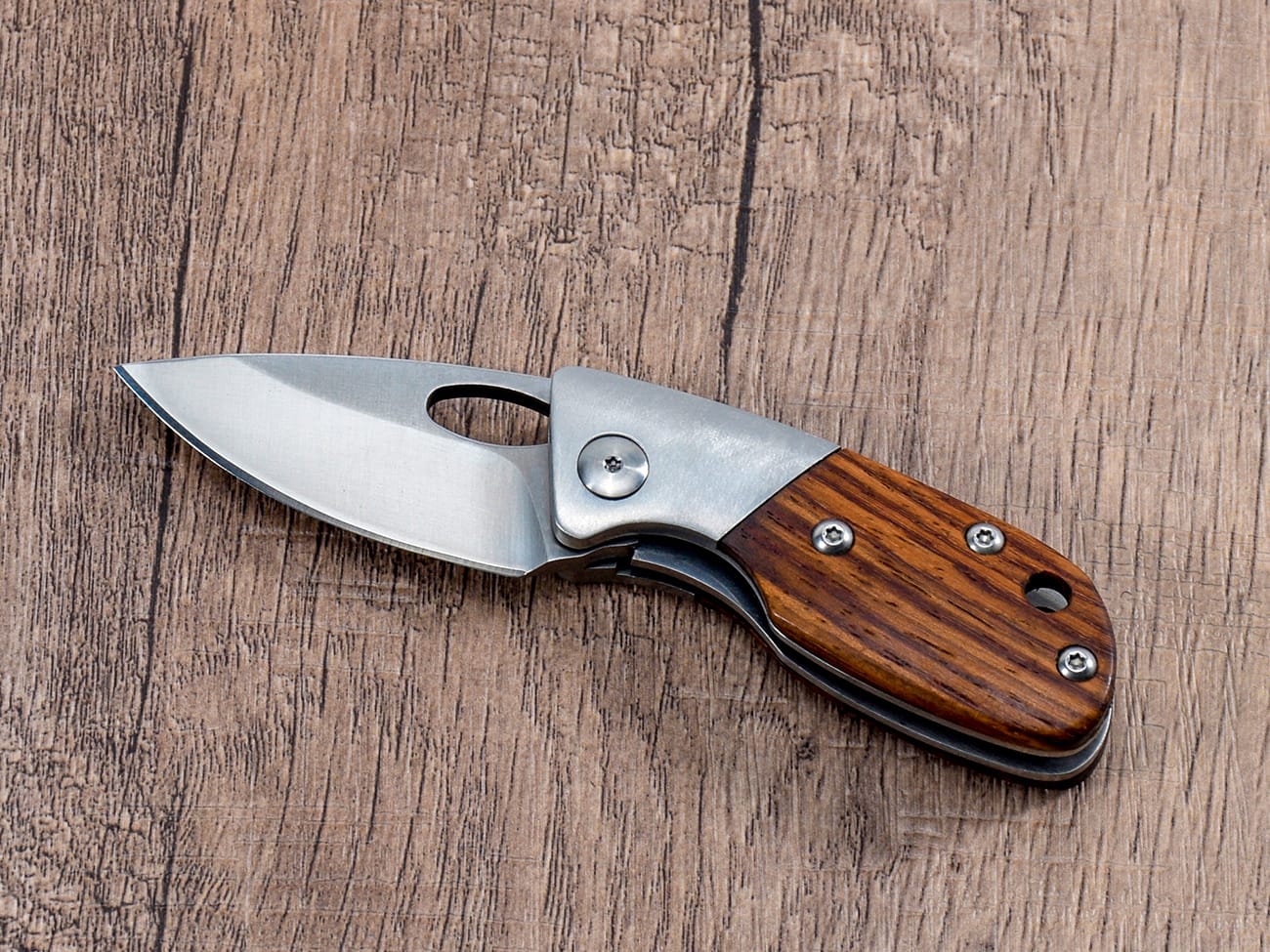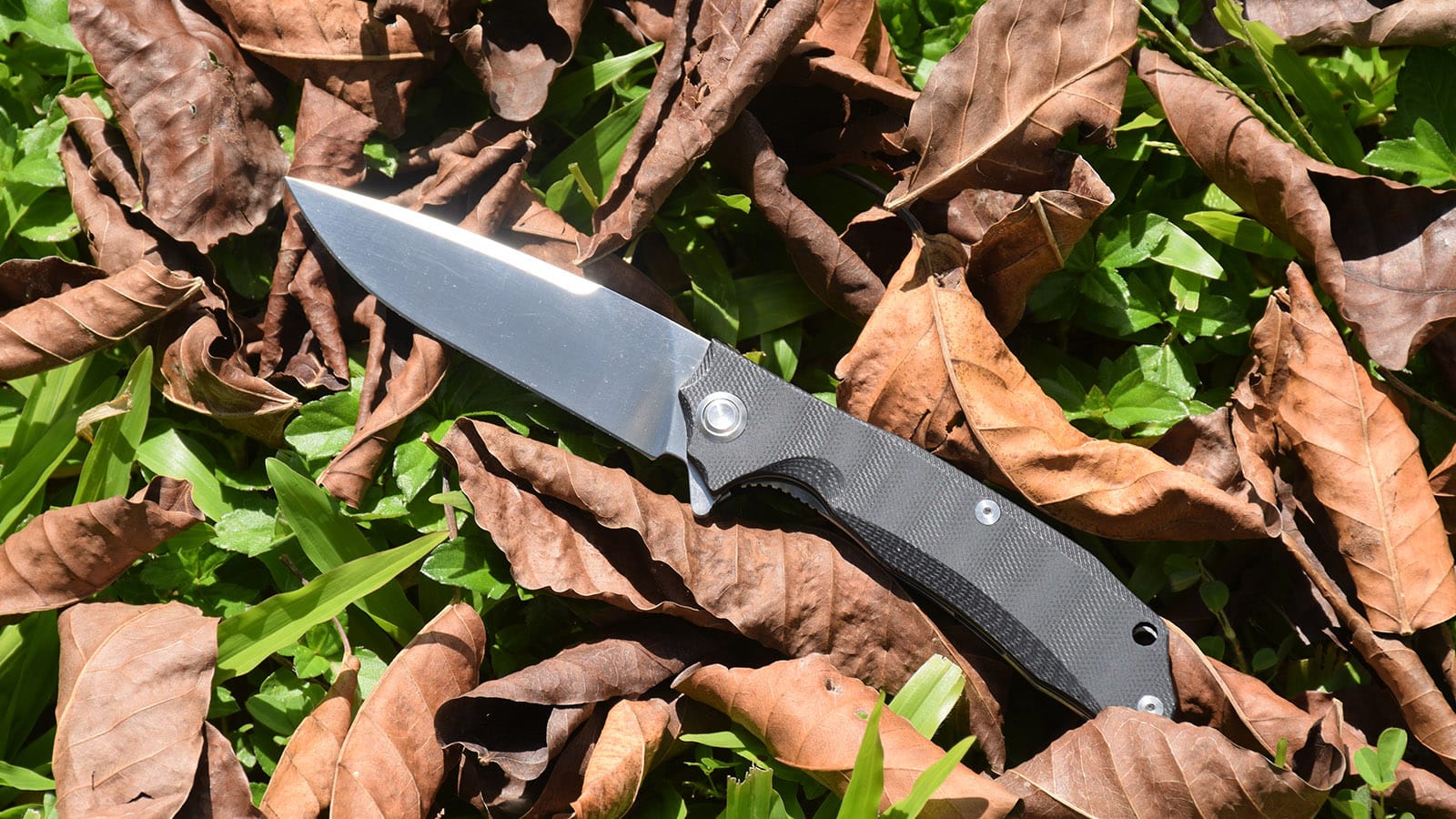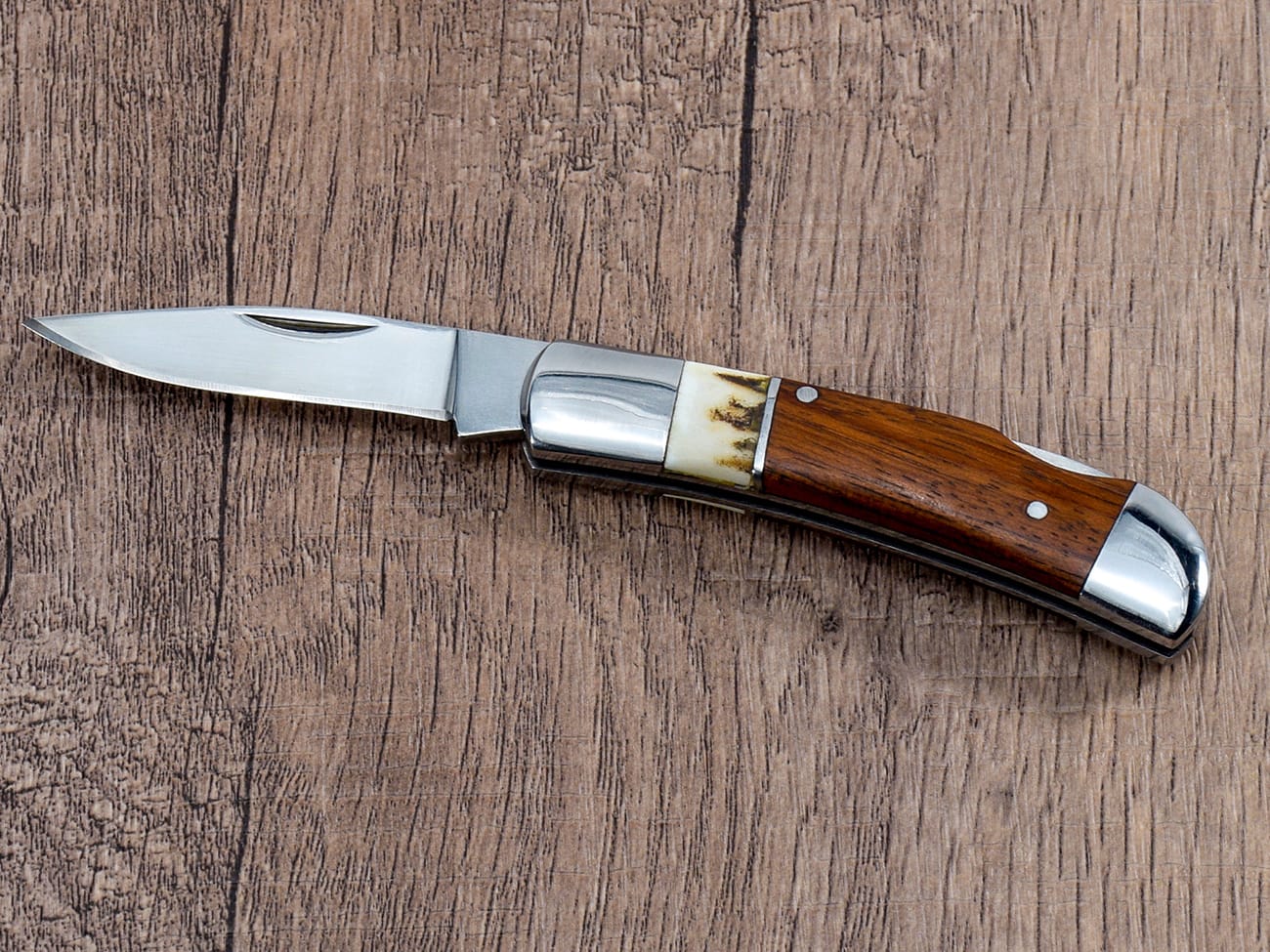Are you tired of struggling with your pocket knife when you only have one hand free? Whether you’re holding something in your other hand or dealing with a temporary injury, knowing how to properly open and close a folding knife one-handed is an essential skill for any knife enthusiast. This comprehensive guide will walk you through everything you need to know about safe and efficient one-handed knife operation.
Is One-Handed Knife Operation Safe?
Safety should always be your top priority when handling any knife. One-handed operation can be completely safe when done properly with the right knife lock type. Modern folding knives are designed with various mechanisms that make one-handed operation both secure and practical.The key factors for safe operation include:
- Understanding your knife’s locking mechanism
- Proper grip technique
- Regular maintenance of the pivot point
- Awareness of your surroundings
Different Types of One-Handed Opening Mechanisms
Modern pocket knives come with various opening mechanisms designed for one-handed use. Here are the most common types:
- Thumb studs
- Flipper tabs
- Opening holes
- Assisted opening systems
- Button locks
Each mechanism has its own advantages, and your choice should depend on your specific needs and preferences. For example, folding knives with thumb studs are particularly popular for their reliability and ease of use.
How to Open a Pocket Knife with One Hand
Learning to open your knife one-handed requires practice and proper technique. Follow these steps:
- Start by holding the knife firmly in your dominant hand
- Position your thumb near the opening mechanism
- Keep your fingers away from the blade’s path
- Deploy the blade smoothly using the designated opener
- Listen for the lock to engage fully

Custom EDC folding knife with wooden handle and liner lock
Common Lock Types for One-Handed Operation
Different lock types affect how you’ll operate your knife. Here are the most common:
- Liner locks
- Frame locks
- Axis locks
- Button locks
- Compression locks
Each lock type requires slightly different techniques for safe operation. For instance, liner locks are particularly popular for one-handed use due to their intuitive design.
How to Close a Pocket Knife Safely with One Hand
Closing your knife one-handed requires even more attention to safety than opening it. Here’s the proper technique:
- Keep your fingers clear of the blade’s path
- Disengage the lock mechanism
- Start the blade’s rotation carefully
- Guide the blade closed without placing fingers in the frame
- Ensure the blade is fully seated in the closed position
Common Mistakes to Avoid
When operating your knife one-handed, avoid these common errors:
- Rushing the opening or closing process
- Ignoring lock engagement
- Placing fingers in the blade’s path
- Using excessive force
- Neglecting regular maintenance
Maintaining Your Knife for Smooth Operation
Regular maintenance is crucial for reliable one-handed operation. Keep these points in mind:
- Clean the pivot regularly
- Apply appropriate lubricant
- Check lock function frequently
- Adjust pivot tension as needed
- Inspect for wear and damage
Choosing the Right Knife for One-Handed Use
Not all pocket knives are equally suited for one-handed operation. Consider these factors when selecting a knife:
- Opening mechanism type
- Lock style
- Handle ergonomics
- Blade size
- Overall quality
Legal Considerations and Safety Tips
Before carrying and using a one-handed opening knife, consider:
- Local knife laws and regulations
- Appropriate situations for use
- Safe carrying methods
- Professional training opportunities
- Emergency procedures
Practice Makes Perfect
Like any skill, one-handed knife operation requires practice:
- Start slowly with a quality knife
- Practice in a safe environment
- Master both opening and closing
- Learn multiple techniques
- Maintain awareness of safety at all times
Key Points to Remember:
- Always prioritize safety
- Maintain your knife regularly
- Know your local laws
- Practice in a controlled environment
- Choose the right knife for your needs
- Keep the mechanism clean and lubricated
- Never force the blade
- Always be aware of your surroundings
Remember, mastering one-handed knife operation takes time and patience. With proper practice and attention to safety, you’ll develop this valuable skill that can serve you well in many situations.




